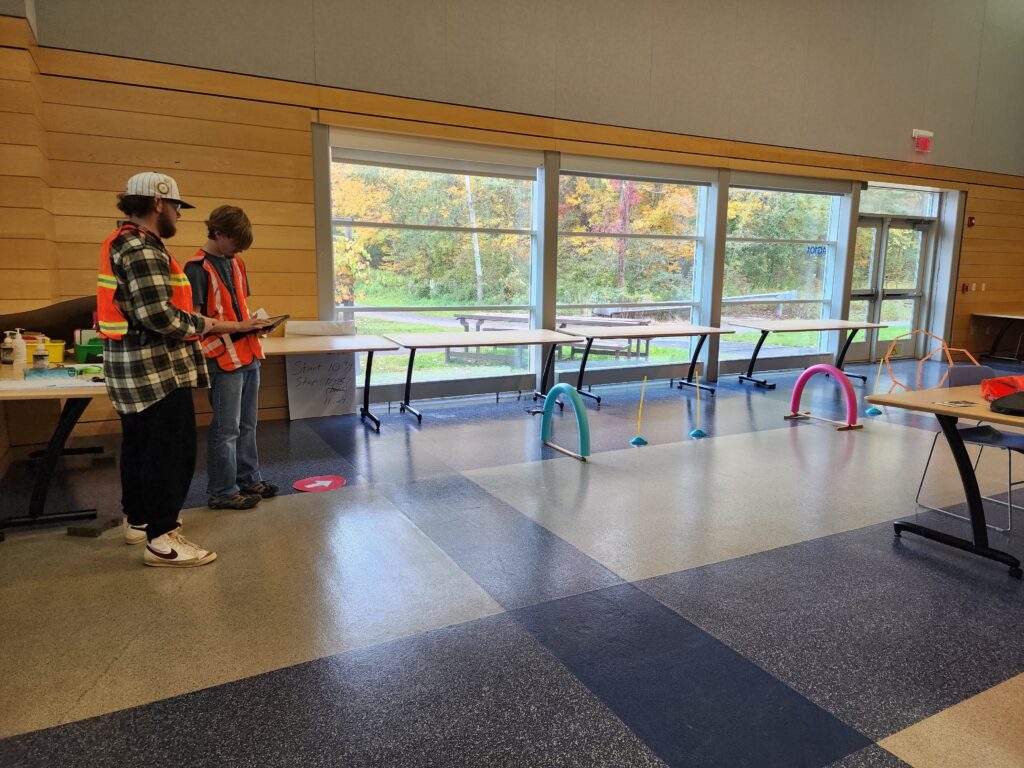Founded in Arkansas in 2017, this ever-expanding drive thru coffee shop plans to open its doors to Connecticut customers this fall. GHH’s local knowledge and expertise helped the permitting process run smoothly.
GHH was involved on the following aspects of this project:
- Survey of existing conditions
- Site Plan / Demolition Plan / Permitting
- Construction to demolish the existing building
- Stakeout of the site for new building
GHH’s Director of Engineering, Marcus Puttock, P.E. & P.L.S played a pivotal role in representing the client’s interests for this project. He presented to the Wallingford Planning and Zoning Commission to gain approval of a special permit for the building which only serves as drive-thru and provides no interior or exterior seating for customers. The construction is modular and has been assembled on a newly laid foundation.
Cars will queue up in two lanes and customer will have orders taken by “runners” with electronic tablets. Drinks will then be delivered by other staff at the end of the line. Construction of building began in July and the plan is to open in mid-September 2024. An additional site in Vernon, CT also just received approval – GHH is providing similar services for that location.
For a recent article covering this story link here to the Hartford Business Journal.
Stay tuned!











